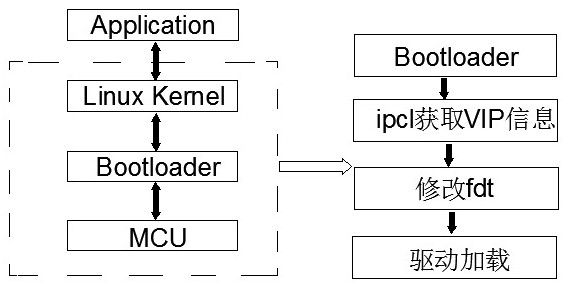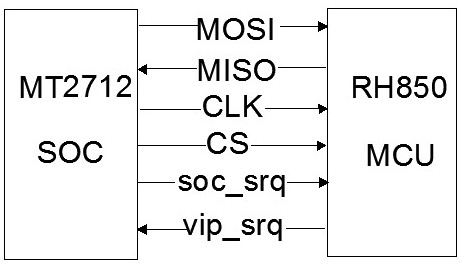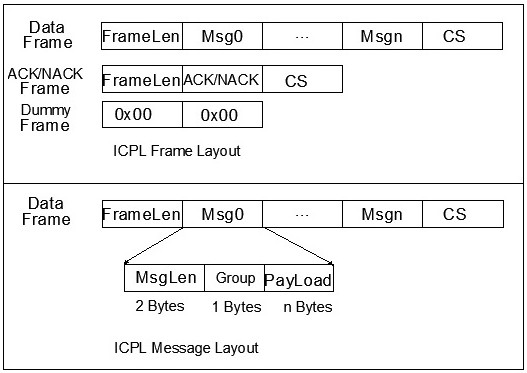Multi-hardware adaptation method based on Linux
A technology of hardware and files, which is applied in the field of multi-hardware adaptation based on Linux, can solve the problems of not being able to satisfy the platformization of software and hardware, not being able to adapt hardware, and the method is not flexible enough, so as to achieve more efficient communication, better compatibility, and lower The effect on the probability of communication errors
- Summary
- Abstract
- Description
- Claims
- Application Information
AI Technical Summary
Problems solved by technology
Method used
Image
Examples
Embodiment Construction
[0017] The following will be combined with figure 1 to attach Figure 4 The present invention will be further described, but it should not be used to limit the protection scope of the present invention. For the convenience of description and understanding of the technical solution of the present invention, the following descriptions are based on the drawings.
[0018] Such as figure 1 As shown, in the Bootloader stage, the in-vehicle entertainment SOC processor end of the in-vehicle entertainment system can obtain the hardware information of the in-vehicle MCU processor end, and can modify the parameters in the kernel according to different hardware information to achieve the function of dynamically adapting the hardware. The in-vehicle entertainment SOC processor communicates with the in-vehicle MCU processor through IPCL in the Bootloader stage to obtain the hardware information of different vehicle models at the in-vehicle MCU processor end, modifies the device tree FDT ac...
PUM
 Login to View More
Login to View More Abstract
Description
Claims
Application Information
 Login to View More
Login to View More - R&D
- Intellectual Property
- Life Sciences
- Materials
- Tech Scout
- Unparalleled Data Quality
- Higher Quality Content
- 60% Fewer Hallucinations
Browse by: Latest US Patents, China's latest patents, Technical Efficacy Thesaurus, Application Domain, Technology Topic, Popular Technical Reports.
© 2025 PatSnap. All rights reserved.Legal|Privacy policy|Modern Slavery Act Transparency Statement|Sitemap|About US| Contact US: help@patsnap.com



